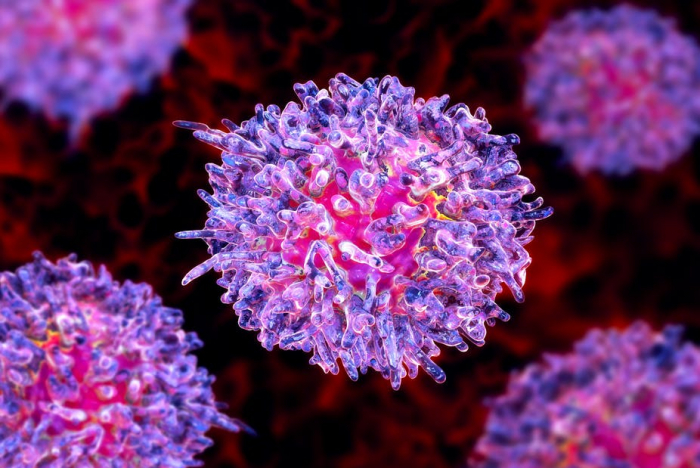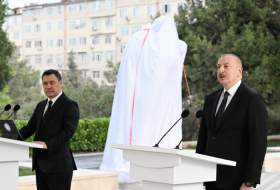Researchers followed almost 12,000 young cancer survivors and roughly 5,000 of their healthy siblings for around two decades, until many of them were in their 40s. Even though all of the cancer survivors were tumor free for at least five years at the start of the study, they were still roughly six times more likely to die during follow-up than their siblings.
“Before 1960, cancer before the age of 21 years was uniformly fatal, and currently about 83% of anyone diagnosed with cancer before the age of 21 years can be cured,” said senior study author Dr. Tara Henderson, director of cancer survivorship at the University of Chicago Comprehensive Cancer Center.
Now, as advances in cancer therapy increase survival odds and transform the disease from a death sentence to a chronic illness for many people, doctors need to focus more on the long-term side effects of treatment, Henderson said by email.
That’s because better survival odds also mean these children may have an elevated risk of health problems that can develop as a result of tumors or treatments including heart disease and recurring or new cancers.
Chemotherapy can weaken the heart muscle, some newer targeted medicines can increase the risk of heart failure, and radiation can cause heart rhythm disorders and structural damage in the arteries and heart valves, according to the American Heart Association.
By age 45, 56% of the childhood cancer survivors diagnosed before age 15 had developed severe health problems, compared with 39% of survivors diagnosed in adolescence or early adulthood and 12% of the siblings without any history of malignancies.
Mortality rates were also higher for cancer survivors diagnosed during childhood than for those diagnosed during adolescence or early adulthood.
Survivors of childhood cancer were less likely to die from recurring tumors than survivors who were diagnosed a little later, however.
Researchers followed people diagnosed with cancer between 1970 and 1999, and it’s possible that long-term health outcomes might be better for people diagnosed today due in part to changes in treatment designed to improve their survival odds and minimize the risk of severe treatment-related health problems, the study team notes in Lancet Oncology.
Another limitation of the study is that researchers lacked data on three types of tumors - malignancies in the gonads, thyroid, and skin - that account for almost 40% of cancers diagnosed in 15- to 20-year-olds.
“Some cancer-related complications do not become apparent until several years following cancer treatment,” said Dr. Paivi Lahteenmaki of Turku University in Finland and the Karolinska Institutet in Stockholm, Sweden.
“As the survivors of childhood cancers age, the effects of therapy may be exacerbated by effects of aging on organ function,” Lahteenmaki, author of an editorial accompanying the study, said by email.
Beyond adjusting treatment approaches to minimize the potential for lasting health problems, patients can also adopt a healthy lifestyle to help make severe or life-threatening medical issues less likely to develop, Lähteenmäki advised. Among other things, this includes exercising, eating well, wearing sunscreen, not smoking, and maintaining a healthy body weight.
Reuters
















































